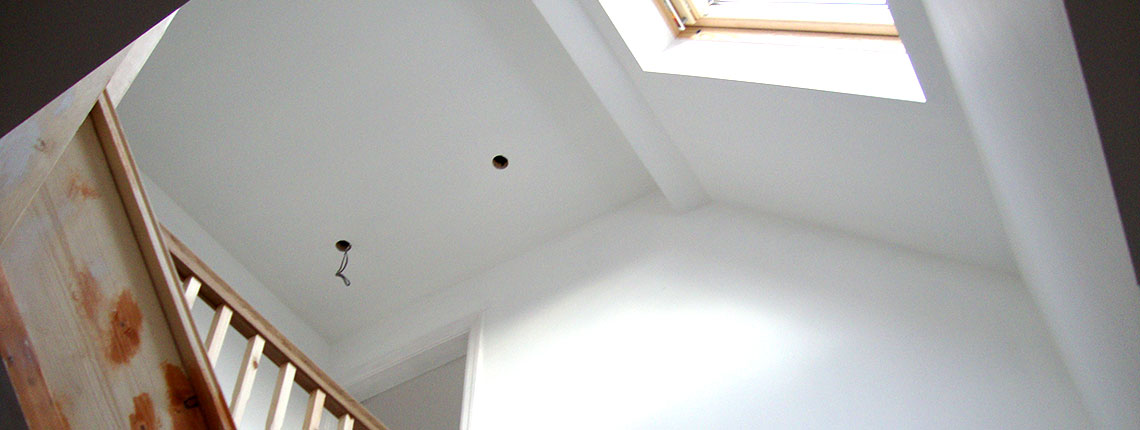Traditional plastering refers again to the process of making use of plaster to interior walls and ceilings utilizing time-honored strategies and strategies. This technique includes the use of moist plaster, sometimes made from a combination of lime, sand, and water, to create a clean, sturdy, and aesthetically pleasing end on surfaces. Traditional plastering methods have been used for lots of of years and require a excessive stage of ability and experience.
Here are https://plasterers-barrowinfurness.co.uk/ of conventional plastering:
**1. Surface Preparation:
Clean the Surface: The surface to be plastered is cleaned to remove filth, mud, and unfastened particles. It ought to be freed from any contaminants that might have an result on the plaster's adhesion.
Moistening the Surface: Before making use of plaster, the floor is moistened to forestall fast absorption of water from the plaster, permitting for better workability and adhesion.
**2. Mixing the Plaster:
Ingredients: Traditional plaster is usually made from lime, sand, and water. The proportions of these ingredients are rigorously measured to create the desired consistency and workability.
Mixing: The plaster elements are blended thoroughly to create a clean and homogenous combination. Traditional plasterers typically have specific strategies to attain the right consistency.
**3. Application of Plaster:
Applying the Scratch Coat: The first layer, called the scratch coat, is applied to the floor utilizing a trowel. This coat is scored or scratched while nonetheless moist to boost the adhesion of the next layers.
Applying the Brown Coat: The second layer, generally identified as the brown coat, is applied over the scratch coat. It provides extra thickness and smoothness to the floor. Traditional plasterers use their expertise to realize an even and stage brown coat.
Applying the Finish Coat: The final layer, the end coat, is applied for a polished and refined look. Traditional plasterers rigorously work the finish coat to realize a smooth texture, often using techniques like trowel marks or ornamental patterns.
**4. Finishing and Curing:
Finishing: Traditional plastering entails skillful ending techniques to create the desired surface texture. Plasterers use totally different tools to achieve specific textures and patterns.
Curing: The plaster wants time to cure and dry correctly. Traditional plastering usually includes masking the freshly plastered surface with damp cloths or spraying it with water periodically to make sure sluggish and even drying, preventing cracks.

**5. Decorative Features:
Traditional plastering permits for the creation of decorative options similar to ornate moldings, cornices, and other intricate designs. Skilled plasterers can craft these options by hand, adding architectural and artistic parts to the inside.
Traditional plastering requires a deep understanding of the materials, techniques, and inventive aspects of the craft. While it demands time and experience, the results are often exquisite, providing a timeless and elegant end to inside spaces..
